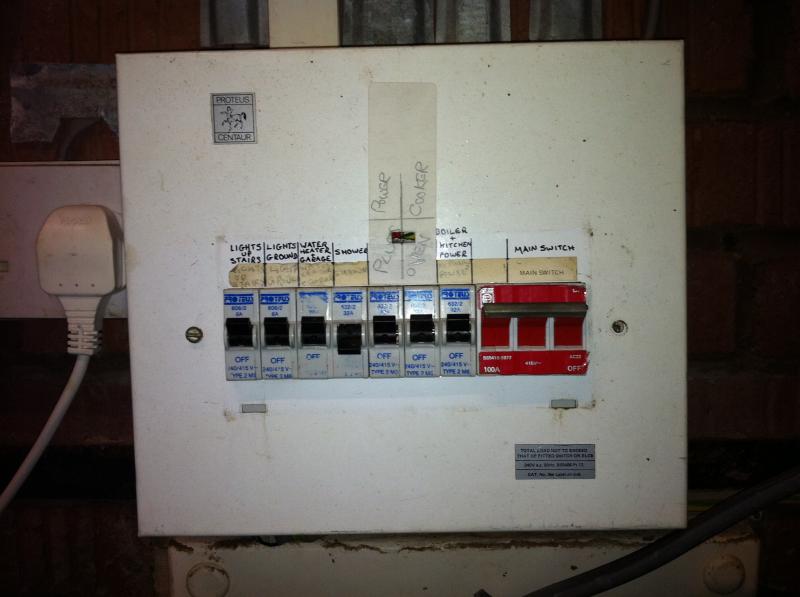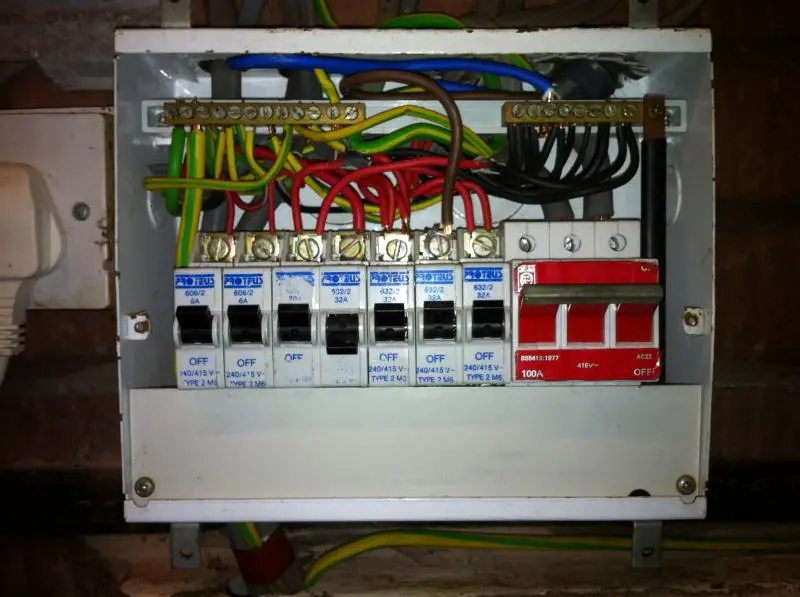Ah, you must be one of those people who think that kilowatts do not vary with the applied voltage. Less voltage = less kw used = less kwh = less money to pay. or is that too complicated for you?
For the major uses of electricity in the home please explain how changing the voltage supplied to appliances will save money.
For example, if the voltage to a kettle is reduced, please explain how fewer kWh will be needed to boil the water.
Unless, of course, that's too complicated for you.
Edit - I see that ricicle has already asked you about the kettle, so when you've answered that perhaps you could apply the same theory to explain how it will cost less to have a washing machine or dishwasher heat a given volume of water to a given temperature?
Or how an electric hob would use less energy to cook a given amount of food?
Or how an electric oven would use less energy to reach and maintain a given temperature for a given time?
Or how a tumble drier would use less energy to evaporate a given amount of water from clothes?
Or how a fridge/freezer would use less energy to maintain a given temperature, or freeze a given amount of food?
Or how anything with a SMPSU would use less energy to maintain a constant output voltage?




